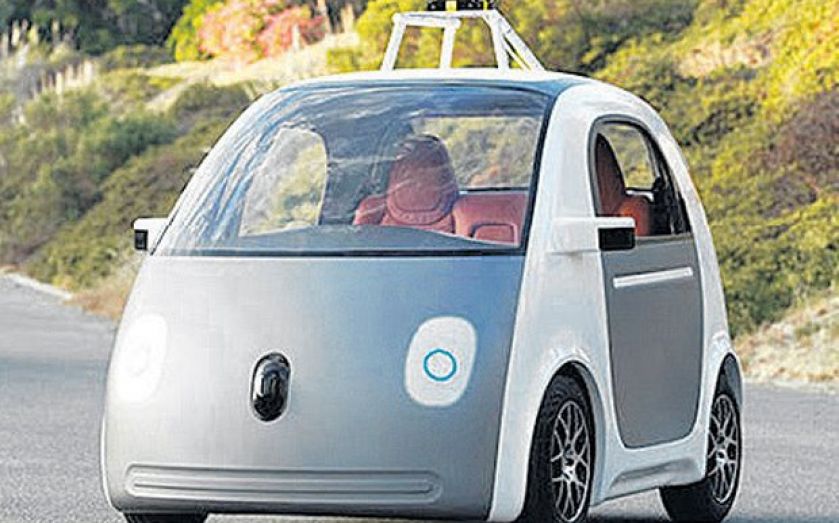Google to put driverless cars on the roads

GOOGLE is rolling out 100 self-driving cars in California, in a trial the tech giant hopes will pave the way for widespread global use.
After clocking up 700,000 miles of autonomous driving in adapted cars, Google is ready to put its specially-built driverless vehicles onto the streets.
The prototypes have space for two passengers, operate at a top speed of 25 miles per hour and come with manual controls as a safeguard. The cars will travel on the roads of California, controlled by Google’s drivers, from this summer.
“We’re going to learn a lot from this experience, and if the technology develops as we hope, we’ll work with partners to bring this technology into the world safely,” Google’s director of the self-driving project, Chris Urmson, wrote in a blog post yesterday.
The firm has developed the cars with engineers who took part in the US government’s Darpa challenges, a series of multi-million dollar prize races for autonomous vehicles that has been running for over a decade.
The state of California is changing its laws to allow driverless cars from 1 September. Manufacturers of the vehicles must post a $5m (£3m) bond to insure against accidents.
There are no UK or EU laws dealing specifically with autonomous vehicles, but liability rests with the driver.
The Department for Transport said in a statement yesterday: “We are reviewing current regulations in relation to this technology and a report is due at the end of this year.”
The DfT is also launching a £10m prize fund for a town or city to develop a test site for driverless cars, while the University of Oxford is working on a prototype Nissan Leaf that does not require a driver.
A recent report by the insurance market Lloyd’s said that 93 per cent of motoring accidents were caused by human error, amounting to 1.3m fatalities and 50m injuries worldwide every year. Google says its driverless fleet is yet to cause an accident.
DRIVERLESS VEHICLES AROUND THE UK
Heathrow PRT
Launched in 2011, Heathrow’s PRT, which stands for personal rapid transport, is a network of driverless pods that carry passengers between terminal five and the business car park on an elevated track around 3.8km long. The network’s 21 battery-powered pods, developed in conjunction with the University of Bristol, carry up to five people plus luggage at a top speed of up to 25 miles an hour.
Cambridgeshire Guided Busway
While not technically driverless, the Cambridgeshire busway is a 16- mile stretch of road connecting Cambridge, Huntingdon and St Ives that allows bus drivers to keep their hands off the steering wheel as busses are guided by tracks in the road. Since its opening in 2011, similar busways have been built in Luton and more are planned in Bristol, Sheffield and Leeds.
RobotCar UK
The University of Oxford is currently working with Nissan on RobotCar UK, an electric vehicle that uses cameras and lasers to navigate without the driver’s input. The cars are already being tested on private roads at the group’s Begbroke Science Park base just outside of Oxford. Unlike driverless solutions from Google and other car makers, RobotCar is not reliant on GPS to navigate.